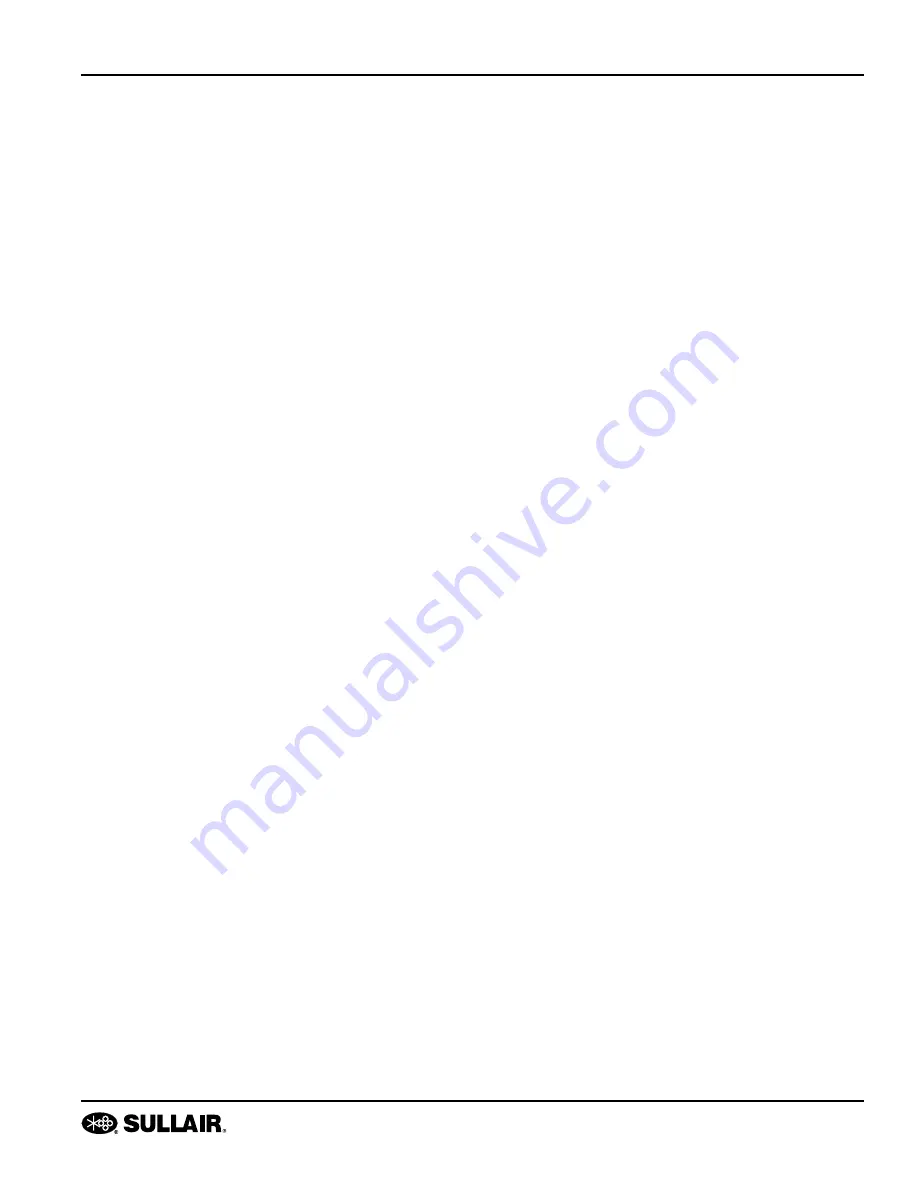
185 T3 Kubota User Manual
1: Safety
02250223-054 R01
Subject to EAR, ECCN EAR99 and related export control restrictions.
5
pound to air line anti-icer systems. Keep openings of
valve or atomizer tube of ether starting aid system
pointed away from yourself and other personnel.
J.
If air line anti-icer system antifreeze compound
enters the eyes or if fumes irritate the eyes, they
should be washed with large quantities of clean
water for fifteen minutes. A physician, preferably an
eye specialist, should be contacted immediately.
K. DO NOT
store ether cylinders or air line anti-icer sys-
tem antifreeze compound in operator’s cabs or in
other similar confined areas.
L.
The antifreeze compound used in air line antifreeze
systems contains methanol and is toxic, harmful or
fatal if swallowed. Avoid contact with the skin or eyes
and avoid breathing the fumes. If swallowed, induce
vomiting by administering a tablespoon of salt, in
each glass of clean, warm water until vomit is clear,
then administer two teaspoons of baking soda in a
glass of clean water. Have patient lay down and
cover eyes to exclude light. Call a physician immedi-
ately.
1.8
Electrical shock
A.
Keep the towing vehicle or equipment carrier, com-
pressor hoses, tools and all personnel at least 10
feet (3 m) from power lines and buried cables.
B.
Stay clear of the compressor during electrical storms!
It can attract lightning.
C.
Keep all parts of the body and any hand-held tools or
other conductive objects away from exposed live
parts of electrical system. Maintain dry footing, stand
on insulating surfaces and
DO NOT
contact any
other portion of the compressor when making adjust-
ments or repairs to exposed live parts of the electrical
system.
D.
Attempt repairs in clean, dry and well lighted and
ventilated areas only.
1.9
Lifting
A.
If the compressor is provided with a lifting bail, then
lift by the bail provided. If no bail is provided, then lift
by sling. Compressors to be air lifted by helicopter
must not
be supported by the lifting bail, but by
slings instead. In any event, lift only in full compliance
with OSHA Standards 29 CFR 1910 subpart N or any
other Local, State, Military and Federal regulations
that may apply.
B.
Inspect lifting bail and points of attachment for
cracked welds and for cracked, bent, corroded or
otherwise degraded members and for loose bolts or
nuts prior to lifting.
C.
Make sure entire lifting, rigging and supporting struc-
ture has been inspected, is in good condition and has
a rated capacity of at least the net weight of the com-
pressor plus an additional 10% allowance for weight
of water, snow, ice, mud, stored tools, and equip-
ment. If your are unsure of the weight, then weigh
compressor before lifting.
D.
Make sure lifting hook has a functional safety latch or
equivalent, and is fully engaged and latched on the
bail.
E.
Use guide ropes or equivalent to prevent twisting or
swinging of the compressor once it has been lifted
clear of the ground.
F.
DO NOT
attempt to lift in high winds.
G.
Keep all personnel out from under and away from the
compressor whenever it is suspended.
H.
Lift compressor no higher than necessary.
I.
Keep lift operator in constant attendance whenever
compressor is suspended.
J.
Set compressor down only on a level surface capa-
ble of supporting at least its net weight plus an addi-
tional 10% allowance for the weight of water, snow,
ice, mud, stored tools, and/or equipment.
K.
If the compressor is provided with parking brakes,
make sure they are set, and in any event, block or
chock both sides of all running wheels before disen-
gaging the lifting hook.
1.10 Entrapment
A.
Make sure all personnel are out of compressor
before closing and engaging enclosure doors.
B.
If the compressor is large enough to hold a man and
if it is necessary to enter it to perform service adjust-
ments, inform other personnel before doing so, or
else secure the access door in the open position to
avoid the possibility of others closing and possibly
latching the door with personnel inside.
1.11 Implementation of lockout/tagout
The energy control procedure defines actions necessary
to lockout a power source of any machine to be repaired,
serviced or set-up, where unexpected motion, or an elec-










































